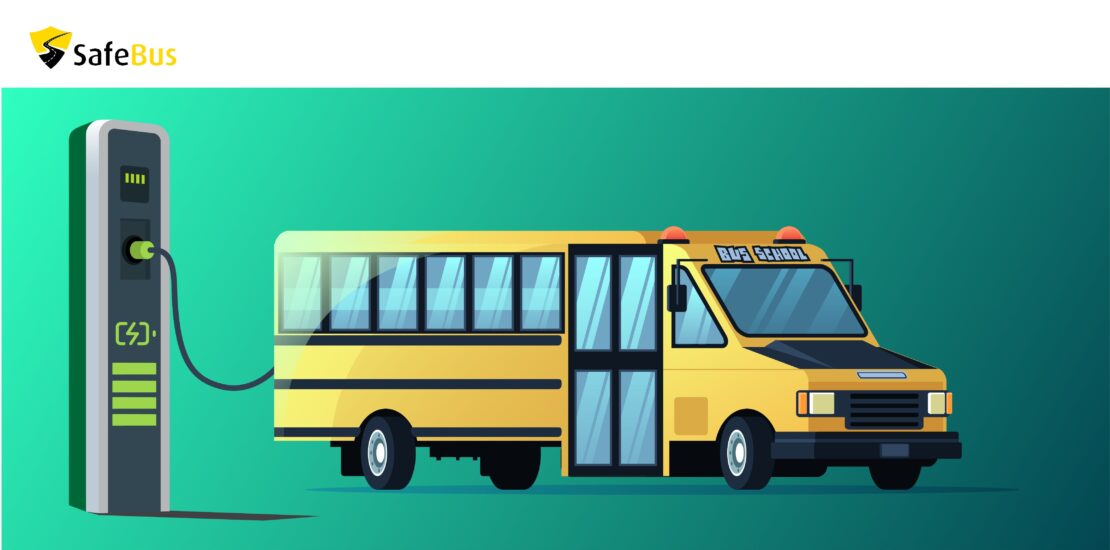- March 18, 2021
- Posted by: Satvir
- Category: Blog

We all know the risks associated with air pollution, but did you know children are far more susceptible to the effects of pollution than you are? At such a young age, their bodies and organs are still developing. They cannot yet bear the brunt of air pollutants that can bring even adults to their knees. Children breathe faster and thus draw in more pollutants as compared to adults into their already underdeveloped respiratory Immediate effects include irritation of the eyes, nose, and throat, as well as asthma attacks, headaches, dizziness, and fatigue.
However, the effects of air pollution are more insidious than we previously believed. Recent studies indicate that breathing polluted air directly affects cognitive development. A class of chemicals called Polycyclic aromatic hydrocarbons are naturally found in coal, crude oil, and gasoline and are also produced when coal, oil, gas, wood, garbage, and tobacco are burnt. These chemicals are directly linked to reduced brain functionality, anxiety, depression, ADHD, and reduced size of brain regions responsible for processing information and controlling impulses.
Air pollution is not restricted to carbon monoxide, carbon emissions, and smog. Indoor pollution at home or on school premises can be just as deadly to school students.
Types of Indoor pollution:
Smoking
Problem: The air pollution emitted by cigarettes is possibly 10 times greater than vehicle exhaust fumes. Passive smoking can be more dangerous than active smoking.
Solution: Ban smoking on school premises.
Click here to know the major safety drawbacks of school bus transportation
Faulty Air Conditioning systems
Problem: Apart from generating a lot of heat to cool indoor spaces like homes and school rooms, ACs make the air of the room dirty. Faulty ACs are even more damaging.
Solution: Ensure that ACs are cleaned regularly.
Paint Emissions
Problem: Emissions from newly painted surfaces are highly toxic to children as paint releases Volatile Organic Compounds (VOCs) into the air. VOC levels can be 1000 times higher in enclosed spaces like schoolrooms.
Solution: The paint must be completely dry before allowing classes to take place in the vicinity. Thorough cleanup and immediate disposal of residuals should be done immediately.
Mold
Problem: Mold can cause breathing problems like asthma. It releases a toxic airborne called Mycotoxin which attacks the lungs.
Solution: Inspect school premises thoroughly for hidden mold. Install exhaust fans to prevent a rich moist environment for mold to thrive.
Click here to know how to maximize school transportation security?
Poor ventilation
Problem: Children are already breathing toxic fumes. Without proper ventilation, they cannot inhale the cleaner air that is required for their well-being.
Solution: Ensure that your child’s school installs high-quality air purification systems
Electric School Buses
School buses are the most popular and efficient way of traveling to school. A single bus replaces several cars carrying students individually thus reducing fuel emissions and traffic choke-ups. School students can reach school and home in time.
However, research indicates that school-going children on a school bus inhale 5-15 times more air pollution particulate matter than the ones traveling by car or other vehicles.
Enter, E-School buses that run on electricity instead of burning fossil fuel and emit zero tailpipe emissions. These buses are 3 times more expensive than conventional deals or cng buses yet can we put a price on the health of our future generations? It is every child’s basic right to breathe clean air. It’s a one-time investment that will reap rich dividends.
School buses that moved to CNG were able to reduce fuel spends by 10-15%. Electric School buses can reduce a whopping 80% of fuel costs.
Click here to know Why digitized fleet management is the need of the hour?
E-school buses have a comparatively low need for maintenance as compared to conventional fuel-using buses which typically gather a lot of sooty residues and require frequent oil changes and engine repairs. E-school buses can reduce maintenance costs by 75%.
School Bus Electric Batteries can run up to 100-120 miles before needing a battery recharge. This is enough for the trip to school after which the bus can go to a recharge station and easily get back in time for the return trip home. School buses have a fixed routine so it is easy so visits to the charging station can be planned.
Imagine the change a 70% Reduction (according to the Union of Concerned Scientists, USA) in global warming inducing emissions can bring about. Think of how we can give our children a better quality of life, health, and mental development.
E-School buses can have far-reaching benefits in our quest for optimal usage of electricity. School Bus Fleet Operators and Schools can profit from passing on any remaining electric charge back to the electricity grid at the end of the day.
An automated School Bus Tracking Platform like SafeBus can optimize costs and maximize the longevity of vehicles via auto-routing, scheduling, real-time updates, monitoring of driver behavior, and efficient bus fleet management.
